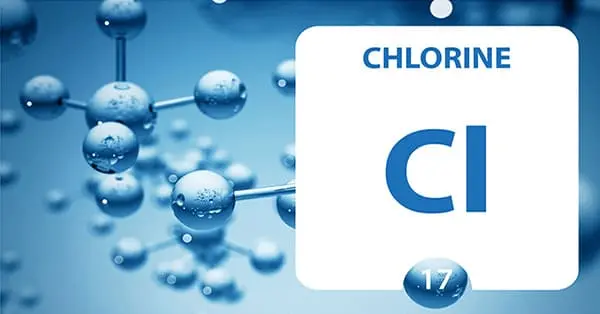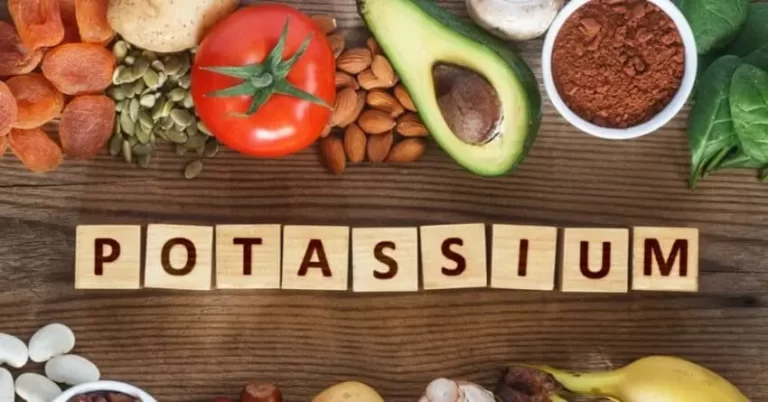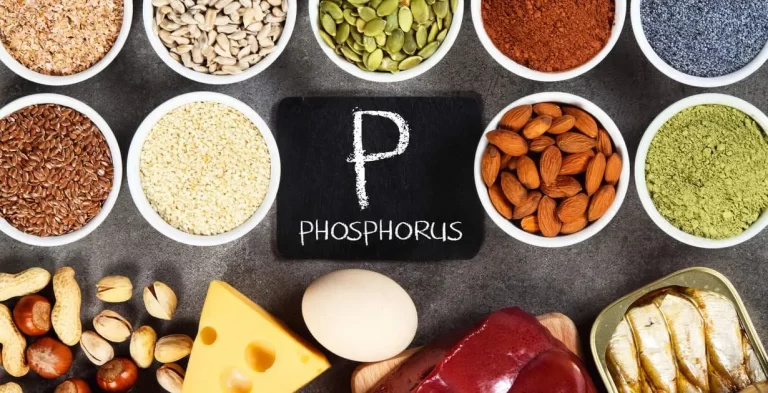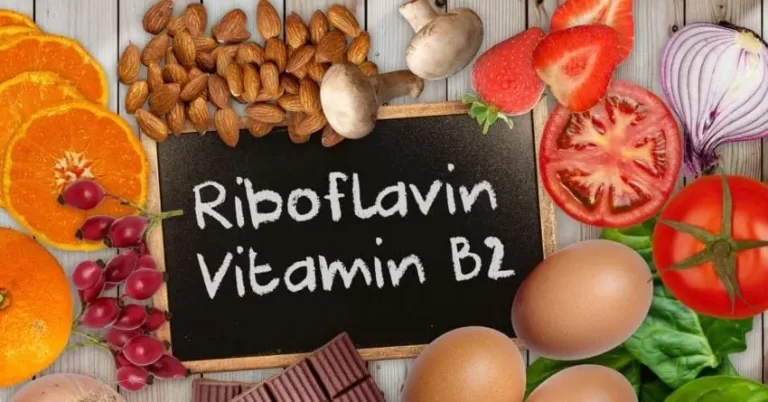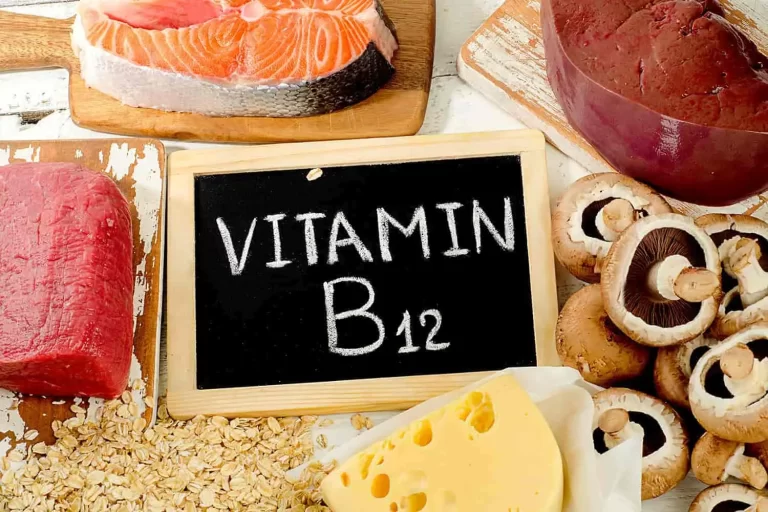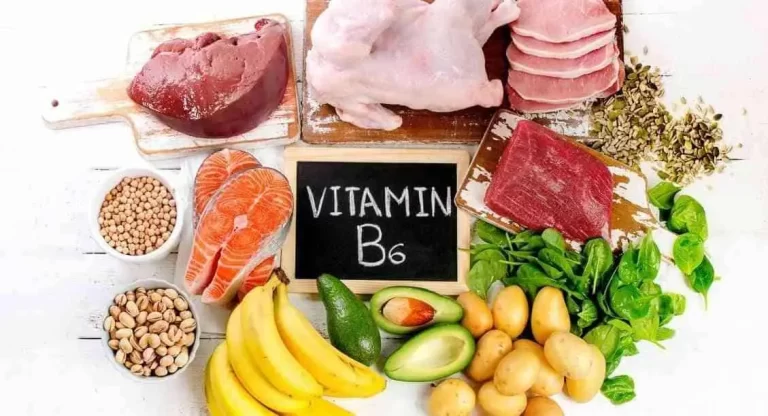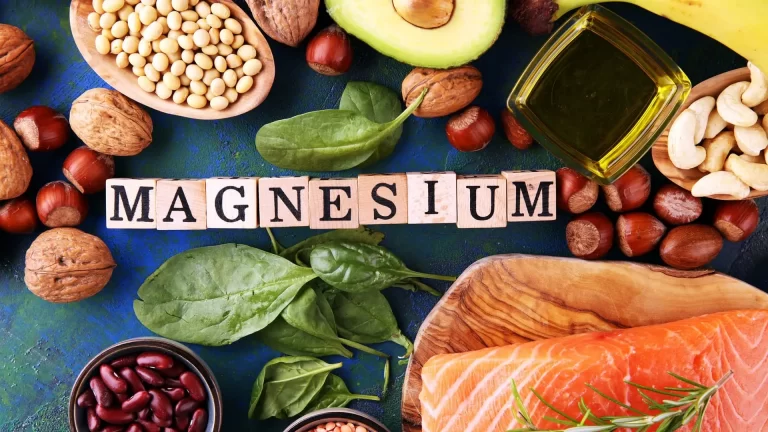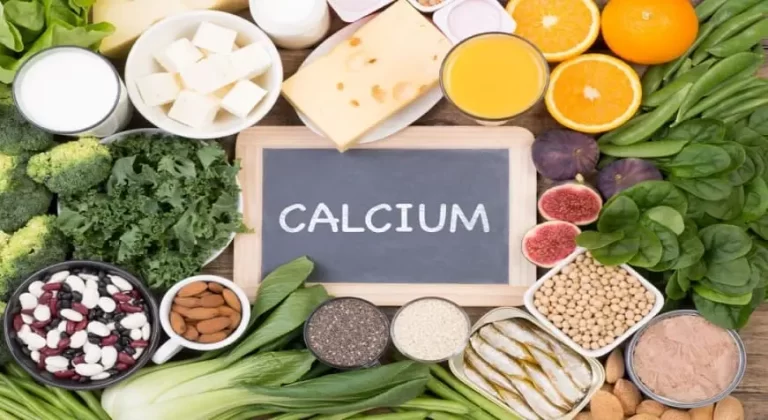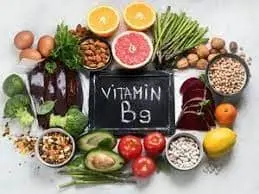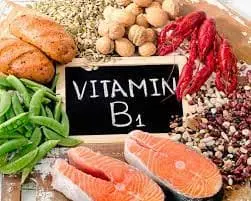Chlorine (Cl)
What is Chlorine? Chlorine is a chemical element with the atomic number 17 and symbol Cl. On the periodic table, it is positioned between fluorine and bromine, making it the second-lightest of the halogens. The majority of its characteristics lie in the midway of the two. At room temperature, chlorine is a gas with a yellow-green…

